| You hear of children learning to read at an early age before going to school. I don’t recall making any progress toward learning to read in my pre-school years. Why bother? Daddy was there to do that with that book of Bible stories for children and the occasional fairy tale and the daily and Sunday comics. My head was filled with those early stories. In the first grade I seemed to pick up reading fairly quickly with little effort, but the matter provided for us to read was not enthralling. Much too much “See Jack run” and “See Spot jump.” Jack and Spot and whoever that little |
That book that Daddy read from was a big book, hardbound, and there were occasional full-page illustrations in color. It had a generic title like “Bible Stories for Chidren of All Ages.”It was absolutely thrilling. I firmly believe that I love horror and science fiction even yet is a result of that book. I wonder where the folks got that book. My best guess is that one of the many Bible salesmen who passed through in those days either had one in stock or took an order for it.
The other big book from my early years, one that Daddy would have read from and one that I too would read myself later on with great pleasure, was that big 870 page collection called “Story and Verse for Children,” edited by Miriam Blanton Huber. Wonderful stories, wonderful verse, many of them literary classics. The title I recall most is “The Ghost of the Great White Stag.” Not the story, just that title.
I’ve been examining a copy recently, and I am amazed at the riches included. In no particular order you get Walter de la Mare, Robert Louis Stevenson, Eugene Field, Alfred Tennyson, James Whitcomb Riley, Thomas Hood, Vachel Lindsay, James Russell Lowell, Christina Rossetti, Robert Frost, Emily Dickinson, Carl Sandburg, Sara Teasdale, Robert Browning, A. E. Housman, Henry Wadsworth Longfellow, John Greenleaf Whittier, William Cullen Bryant, William Wordsworth, Walt Whitman, Edward Lear, Lewis Carroll, Don Marquis, Edna St. Vincent Millay, Sir Walter Scott, Langston Hughes, William Blake, Martin Luther, John Keats, Nathaniel Hawthorne, Hans Christian Anderson, Washington Irving, Charles Dickens, Samuel L. Clemens, Jack London, Mother Goose, and Aesop. I admit that some of these names loomed larger back then than they do now, but it is not at all a bad group of folks to be introduced to as a child.
But before I could read I liked pictures. I grew up on news photographs taken during World War Two. Newspapers, magazines, movie newsreels. The comic strips in the newspapers were good, and I quickly picked up a taste for comic books. And for some reason, we had in the house a multi-volume set of books in deep navy-blue bindings that must have been some sort of survey of classical Greece and Rome. There were lots of pictures, and one volume in particular featured lots of naked gods and goddesses. That volume caught my fancy in a big way. But they were confusing. Down there between their legs they didn’t look anything like I or my peers did. Only later in life did I realize that what I thought were parts of their bodies were in fact fig leaves artfully arranged to protect the hearts and minds of young viewers like me. That set quietly disappeared: did somebody begin to notice the degree of my interest and where it had been focused? Somehow I had the sense not to ask questions about its absence.
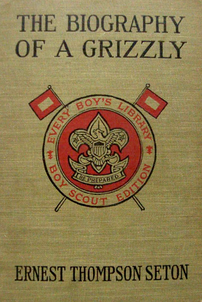
It is the story of Wahb, a grizzly bear orphaned in cubhood when a rancher shoots his mother and his three siblings, their bodies then devoured by coyotes. He is forced into growing up on his own, learning by experience, being caught and injured in bear traps but learning how to escape, learning to flee the odors of man, teaching himself how to survive. Wounds he suffered from bear traps healed poorly, and bullets from the guns of man remained in his body. He lives a lonely and solitary life, having no friends but lots of enemies, never mating. He achieves great size and physical strength and becomes the terror of his range. He kills enemies, both animal and man, usually following their attempts to kill him. He grows old and suffers from rheumatism brought on by early injuries that healed poorly. A smaller but smart black bear manages to fool him into thinking him a larger beast and greater threat, and the aging Wahb begins to turn his back on conflict, each turning away somehow weakening him more in spirit. He finally returns to a hollow where poisonous gases emerge from the ground, lies down in a pool of gases, and dies.
No, I didn’t recall all those details from my early reading. I recently visited the book again, and I can see so much in it that must have spoken to me then.
This was not a cute bear. Its story seemed that of a real bear, not a teddy bear. Childhood bliss is ruptured early on. He is hurt, he suffers, and he is alone. He becomes powerful. He grows weak and dies. And I identified totally with Wahb. His story lit up my mind. For the first time I got a sense of the tragic, not the merely sad. I saw the rise and fall of a life. And somehow in vivid Technicolor and what came to be known as stereophonic sound. I actually experienced what I was reading. I could see it in my mind.
(This, sadly, seems to be a talent that diminishes over time. That vividness, that immediacy, is no longer there. But there are other compensations.)
I read everything I could get my hands on, including the backs of cereal boxes. I loved the much-maligned comic books, which adults, especially teachers, thought kept the young reader from progressing to “better” reading matter. I grew to believe that if teachers had embraced the comic books as teaching devices and stepping stones, we’d be a better nation of readers today. (Okay, Jonathan, now that you’ve got that off your chest, move on.)
| The next books that truly caught my fancy and set off imaginative explosions in my mind were the Tarzan books by Edgar Rice Burroughs. Yes, racist (or at least white-centric), but I am not convinced that they were a lot more so than the general run of popular fiction and probably less so than the movies of the time. “Gone with the Wind” anyone? Yes, the Africa presented bears little resemblance to the real Africa, but somehow I never had trouble distinguishing between the two. This was Tarzan’s Africa, so there! Somehow I managed to read most of the Tarzan books in hot summers, lying down in the swing on the front porch with a pillow under my head and keeping air moving over my body by pushing one of the chains with my foot and the swing thereby kept in motion. Since it was too hot on the porch for most normal people to spend much time out there, I was generally left alone, and the images would flood my mind. Somehow I will never forget how Opar looked in my child’s mind, and I’m not sure that even the greatest special effects artists of today could equal it. |
By the seventh and eighth grades I was reading such as The Robe and Gone with the Wind and Thomas B. Costain novels like The Black Rose, The Silver Chalice, and The Tontine. James Jones’s From Here to Eternity certainly was fascinating, and it was my first literary encounter with folks interested in their own sex. Not good role models, but still. Ms. Christie had a number of those as well, particularly among her women characters. Frank G. Slaughter (haven’t thought of him in years!) novels I recall liking a lot. Daphne du Maurier and Ben Ames Williams (particularly Leave Her to Heaven) I liked, and I absolutely loved Davis Grubb’s Night of the Hunter.
Something that made a deep impression on me was Nineteen Eighty-Four (a.k.a. 1984). I first became aware of it through an article in Life in 1949, the year it was published. I still recall the illustrations for that article, and somehow, even though I was only ten, I got the point of the work as it was described in the piece. I probably read the novel in the next year or so.
I don’t defend my taste in those days, not in every example. Some of them certainly are best read when one is fairly young. That religious stuff I think was more attractive because of Christians being thrown to the lions than because of the spiritual angle. I did and do have a taste for the bloody. I do remember thinking Gone with the Wind was funny: it was so much over the top that I thought the lady was writing satire. But I was omnivorous in those days: I’d read anything. More of a glutton than a gourmet. Even yet, come to think of it.
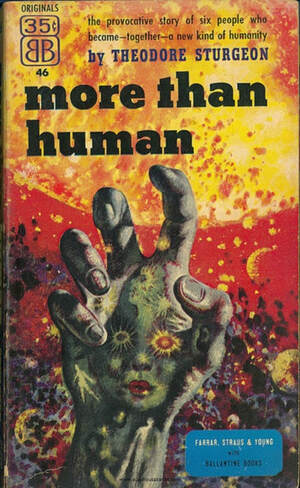
When I was thirteen I contracted with my mother to kill those ugly black and orange grasshoppers that would eat up her bulbs in the yard for a penny apiece. I kept an accurate count and made enough to buy the one-volume Stapledon collection, “Let Us Now Praise Famous Men,” and a third title now forgotten from a used book catalog that came through the mail. I didn’t know that the Agee book was set in my own county until I looked at the Evans photographs. And even yet I don’t find many of those grasshoppers in the yard.
One of the very first novellas I came across was Sturgeon’s “Baby Is Three” in “Galaxy” magazine, a wondrous tale that was later incorporated as the center section of his wondrous novel “More than Human.” That was as good an introduction to this field of speculative fiction as years later the final free preview of Edward Albee’s “Who’s Afraid of Virginia Woolf?” was to my New York theater-going. Sheer luck, I guess.
It is a cliché to speak of the 1950s as the Golden Age of Science Fiction, but as with most clichés there is some truth to that. The scientific ideas of the previous several decades combined with a world war or so had exploded into the consciousness of many of these writers, and reading them was to have one’s mind seriously exercised and one’s outlook broadened. The experience was incredibly valuable to me.
| In the tenth grade I ran across (because it was assigned) “Moby-Dick.” Now whether that should be considered a part of my childhood reading or my adult reading can be debated. In a way, I consider it transitional. Certainly there is some adventure (guy going to sea, whaling, catastrophe), but there is so much more. Probably the big revelation was that a book can be more than plot and adventure and excitement. I did pick up on the sensuality of Melville’s incidents and imagery. Homoerotic as all get-out. And Ishmael and Queequeg in bed! I was fortunate that my parents never seemed to worry unduly about what I was reading. If I wanted to read it, fine. Once paperback novels were ubiquitous, I was allowed to pick and purchase within my allowance without fear of their looking over my shoulder. I quickly learned that certain authors might venture into forbidden (in those days) |
Could I have used a mentor in helping me wade through all this stuff? Absolutely. But there was not one. And I do believe that learning without guidance is better than no learning at all. Sometimes one just has to make do.
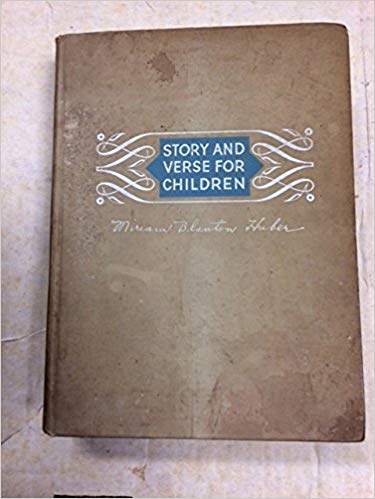
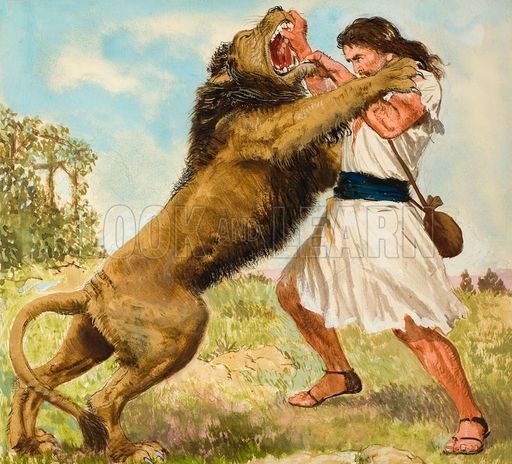
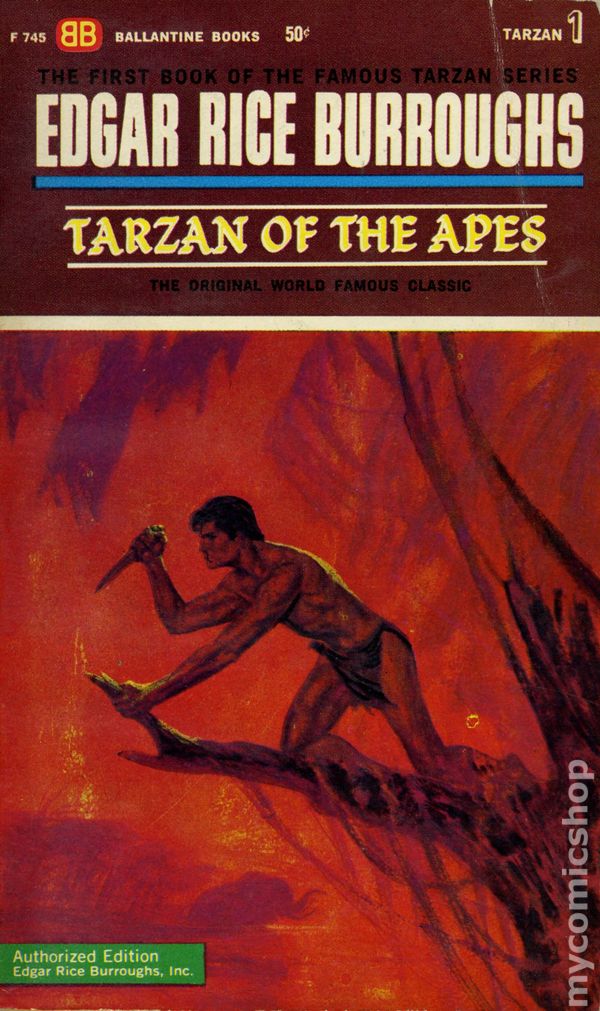
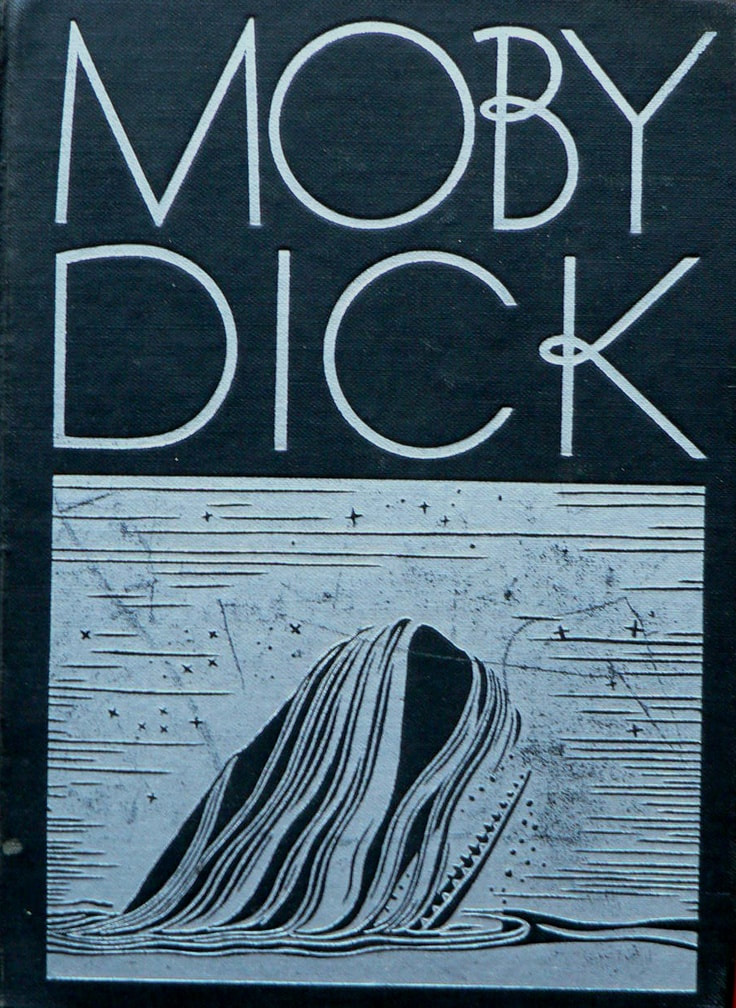
 RSS Feed
RSS Feed